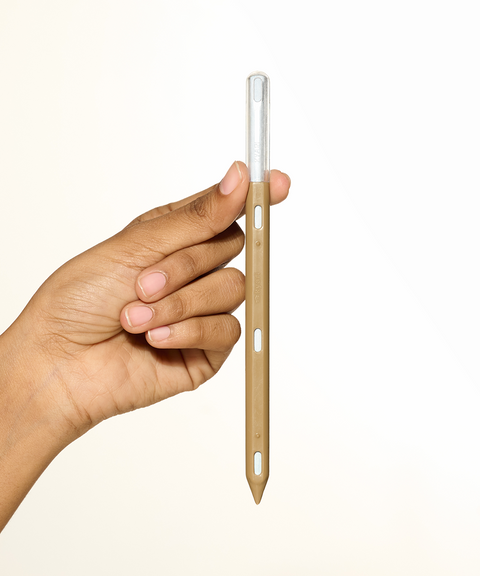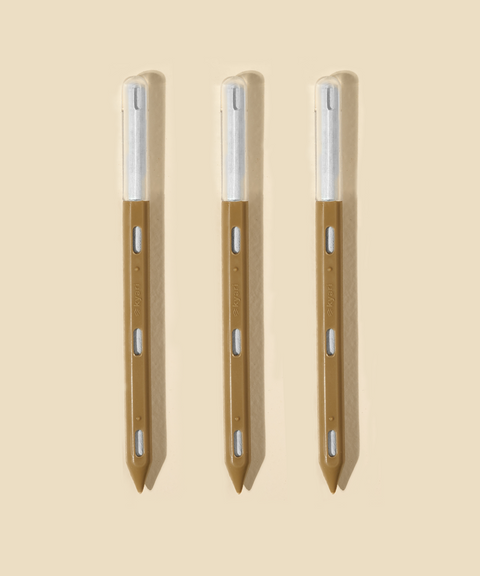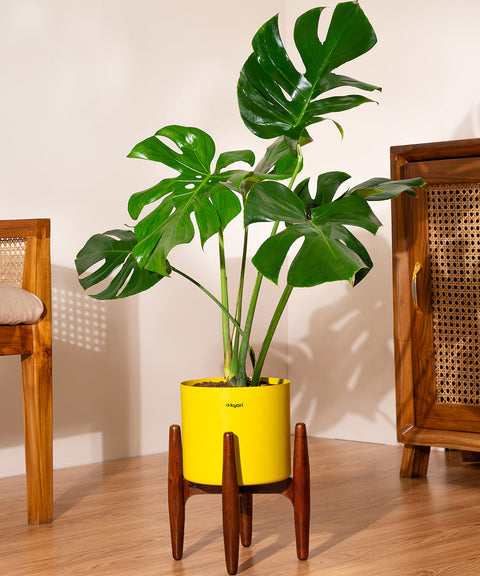About
Areca Palm
Palm plants, with their elegant fronds and tropical vibes, bring a sense of relaxation and lush greenery to any indoor space. Their tall, graceful appearance makes them a popular choice for adding a touch of the tropics to homes and offices.
Origin
Native to tropical and subtropical regions around the world.
Light
Prefers bright, indirect light but can tolerate lower light conditions. Direct sunlight can scorch the leaves of many palm species. Palms are versatile and can adapt to various light environments, though they thrive best in well-lit areas.

Water
Water when the top inch of soil feels dry. Palms prefer evenly moist soil but are susceptible to root rot if overwatered. Adjust watering frequency based on light exposure and indoor climate.
Humidity
Thrives in high humidity but can adapt to average household levels. Regular misting or using a humidifier can help maintain optimal humidity, especially in drier climates.
Palm plants have been associated with victory and triumph since ancient Rome, where victors of games and battles were awarded palm branches. Today, having a palm plant at home might not win you any battles, but it's sure to make you feel like a champion in your own living room!
Placement
Palm plants are known for their ability to enhance the energy and aesthetic appeal of any room. Here’s where to place them
Adds a touch of greenery and improves air quality. Position it near a window with indirect light to showcase its elegant fronds.
Enhances focus and reduces stress. The presence of a palm can create a more serene and productive workspace.
Promotes a restful sleep environment by purifying the air. A palm in the bedroom can help create a calming atmosphere.
Frequently Asked Questions
The ideal temperature for a palm plant is between 60°F to 80°F (16°C to 27°C). Palms prefer warm
Water your palm when the top inch of soil feels dry. Adjust the frequency based on light exposure and indoor climate
Palm plants prefer bright
Place your palm in a bright
Trim off any dead or yellowing fronds and ensure the plant is free from dust. Regular pruning helps maintain its shape and encourages new growth.
Brown leaf tips can be caused by low humidity or underwatering. Increase humidity and ensure consistent watering.
Yellowing leaves indicate overwatering or nutrient deficiency. Improve drainage and consider adding a balanced fertilizer.
Keep the plant clean by wiping the leaves and inspecting regularly for pests. Use insecticidal soap if necessary. Palms can be susceptible to spider mites and mealybugs.
Drooping fronds can be caused by underwatering or overwatering. Adjust watering schedule to ensure soil is evenly moist but not soggy.
Brown leaves can indicate low humidity or sunburn. Increase humidity and provide filtered sunlight during peak hours.








 Limited Time Deal
Limited Time Deal
 BYOB - Small Plants
BYOB - Small Plants































































































